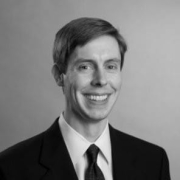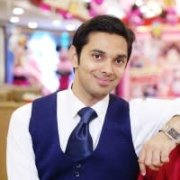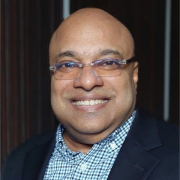


Symantec Cloud Workload Protection and Microsoft Defender for Cloud compete in cloud security. Microsoft Defender for Cloud offers superior features, making it a worthwhile investment for advanced protection over Symantec's pricing and support advantages.
Features: Symantec Cloud Workload Protection provides robust vulnerability management, comprehensive workload monitoring, and a straightforward deployment process. Microsoft Defender for Cloud offers advanced threat detection, comprehensive integration capabilities, and extensive security features.
Ease of Deployment and Customer Service: Symantec benefits from straightforward deployment and reliable customer support. Microsoft Defender provides a flexible deployment model and extensive customer service, offering advantages in diverse deployment environments.
Pricing and ROI: Symantec presents a lower initial setup cost and favorable ROI. Microsoft Defender involves potentially higher initial expenditure but demonstrates long-term value with its enhanced features providing greater security returns.



SentinelOne Singularity Cloud Security offers a streamlined approach to cloud security with intuitive operation and strong integration capabilities for heightened threat detection and remediation efficiency.
Singularity Cloud Security stands out for its real-time detection and response, effectively minimizing detection and remediation timelines. Its automated remediation integrates smoothly with third-party tools enhancing operational efficiency. The comprehensive console ensures visibility and support for forensic investigations. Seamless platform integration and robust support for innovation are notable advantages. Areas for development include improved search functionality, affordability, better firewall capabilities for remote users, stable agents, comprehensive reporting, and efficient third-party integrations. Clarity in the interface, responsive support, and real-time alerting need enhancement, with a call for more automation and customization. Better scalability and cost-effective integration without compromising capabilities are desired.
What are SentinelOne Singularity Cloud Security's standout features?SentinelOne Singularity Cloud Security is deployed in industries needing robust cloud security posture management, endpoint protection, and threat hunting. Utilized frequently across AWS and Azure, it assists in monitoring, threat detection, and maintaining compliance in diverse environments while providing real-time alerts and recommendations for proactive threat management.
Microsoft Defender for Cloud is a comprehensive security solution that provides advanced threat protection for cloud workloads. It offers real-time visibility into the security posture of cloud environments, enabling organizations to quickly identify and respond to potential threats. With its advanced machine learning capabilities, Microsoft Defender for Cloud can detect and block sophisticated attacks, including zero-day exploits and fileless malware.
The solution also provides automated remediation capabilities, allowing security teams to quickly and easily respond to security incidents. With Microsoft Defender for Cloud, organizations can ensure the security and compliance of their cloud workloads, while reducing the burden on their security teams.
Symantec Cloud Workload Protection automates security for public cloud workloads, enabling business agility, risk reduction, and cost savings for organizations, while easing DevOps and administrative burdens. Rapid discovery, visibility, and elastic protection of AWS and Azure workloads enable automated security policy enforcement to protect applications from unknown exploits.
We monitor all Cloud Workload Protection Platforms (CWPP) reviews to prevent fraudulent reviews and keep review quality high. We do not post reviews by company employees or direct competitors. We validate each review for authenticity via cross-reference with LinkedIn, and personal follow-up with the reviewer when necessary.